How do I check my TV when I buy it?
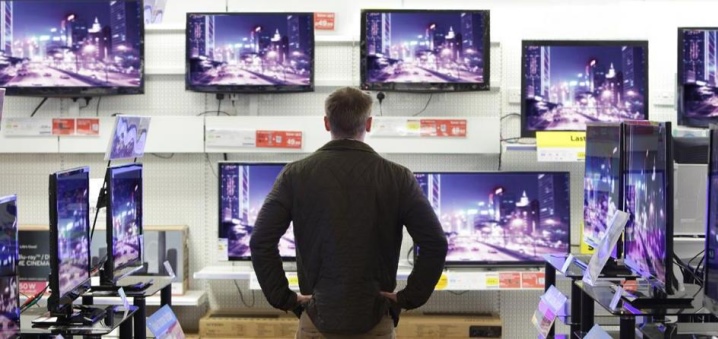
Televisions, despite the increasing spread of the Internet and digital technologies every year, remain the leaders in sales of equipment for watching television content. Models with heavy weight and a voluminous rear panel have long been discontinued. And modern liquid crystal panels are presented in many models in any home appliance store.
Prices for some models of LCD screens reach very high rates. And if the question arises about purchasing a new TV, then it will be difficult to do without preliminary information preparation, while it is important to check the equipment upon purchase.

Visual inspection
Before delving into the study of the functional characteristics of a particular TV model, you need to visually inspect it. This is especially important when purchasing exhibition samples. But even when buying a model from a warehouse, before paying, you need to make sure that there are no external defects. When examining, it is worth paying attention to a number of factors.
- Lack of chips, scratches, abrasions on the case.
- No damage to the LCD screen.
- There are no traces of unscrewing the fixing bolts on the back of the TV. If the paint is worn off, it may indicate that the TV has undergone possible disassembly or repair.
- Completeness of the product. What is included in the set of the selected model can be tracked by taking the instruction manual for the household appliance. This information can be found on the front pages of this brochure.
- The presence of the factory packaging and inserts that fix the TV in the box and protect the panel from possible impacts.

If the external state of the model is satisfactory, you can proceed to testing the functionality built into it.
What parameters should you pay attention to?
Before purchasing a TV, you should clearly define the functionality that will be needed... If there are several additional functions in a particular model, its cost may increase by several tens of thousands of rubles. But if this functionality is not important for the user, then you should not overpay for it.
Each manufacturer that designs and manufactures TVs strives to attract as much attention as possible to their products. Often adding minor innovations during the production of a new TV modification, the manufacturer is able to increase the price of an improved model several times. And, in fact, the previous version in terms of the main technical characteristics may not differ from the new item.
Therefore, before choosing a suitable model, you need to pay attention to a number of parameters on which the quality of the picture, sound and ease of viewing will depend.

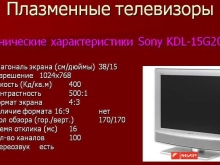

Screen size
The first criterion by which the buyer selects the model that suits him is the screen diagonal. Instances of both its small size and huge wall panels are on sale. The belief that the larger the diagonal of the panel, the better, will be wrong. Since the TV is too large, placed in a small room, it will be uncomfortable to watch.
To know exactly which diagonal of the LCD panel is ideal for a particular room, you need to measure the distance from the location of the TV to the point from which it will be watched.

The resulting figure in centimeters must be multiplied by 0.54. And then divide the result by 2.54. Further, the resulting value must be rounded up. The resulting figure is the size of the TV screen, which will be most comfortable to watch in this room.
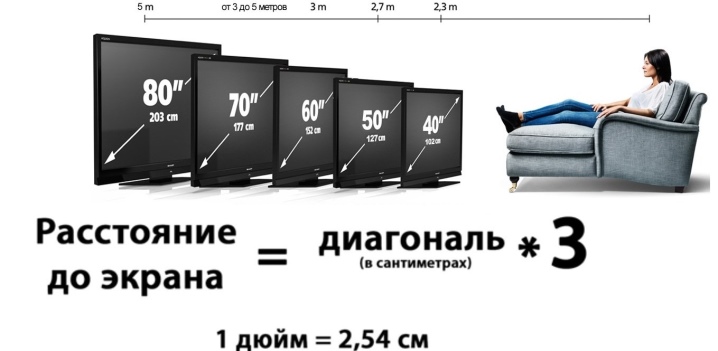
Permission
The next important metric is screen resolution. The quality of the image will directly depend on this indicator.... This indicator must be taken into account when choosing a device from which a signal will be sent to a television panel. In the event that they will mainly use a CD-player or a satellite antenna set-top box, then you should choose a model of the HD class, where the screen resolution is at least 1366x768 pixels. This figure is optimal for small TVs.
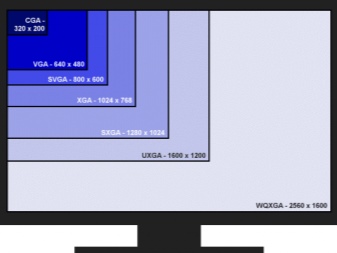
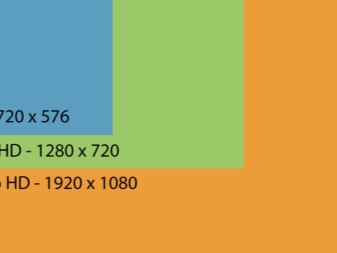
If the diagonal of the panel is more than 40 cm, then a high-quality picture will turn out, if the screen resolution is at least 1920 x 1080 pixels... Such TVs belong to the Full HD class.
The most modern TV models have a picture transmission class Ultra HD 4K. Such specimens cost several times more expensive than their predecessors. However, it is worth knowing that there are few TV content broadcasts released in this quality, and the capabilities of the TV will not be fully utilized.
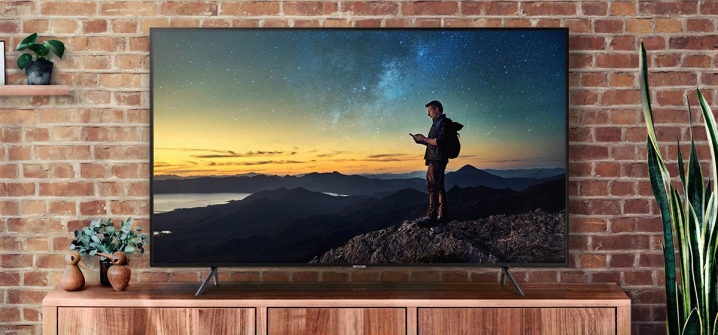
Brightness and contrast
The quality of the image, as well as the accuracy of color reproduction, depends on the indicators of brightness and contrast. Since in different rooms and depending on the time of day, the lighting can vary significantly, in order for the picture to remain bright, regardless of this, the brightness and contrast indicators must be as high as possible. The minimum brightness level must be at least 450 cd / sq. m. The minimum contrast ratio should be at least 600: 1.
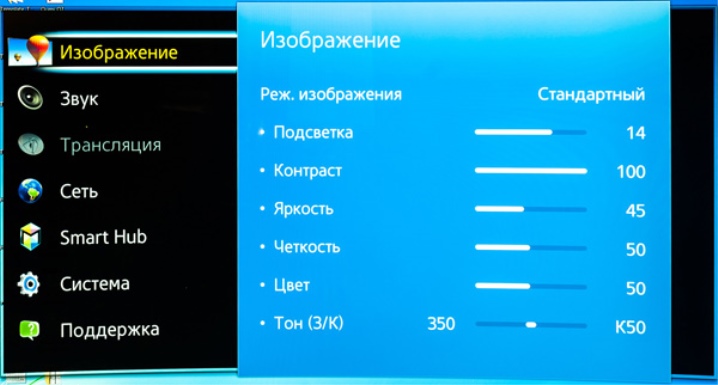
Models with brightness and contrast indicators below the minimum specified values should not be purchased for rooms with poor or inconsistent lighting.
Viewing angles
An important indicator is the viewing angle of the TV. Since it is unlikely that you will be able to watch TV constantly from the same point, you should carefully consider the indicators declared by the seller. Avoid purchasing a model where the viewing angle is less than 170 °.
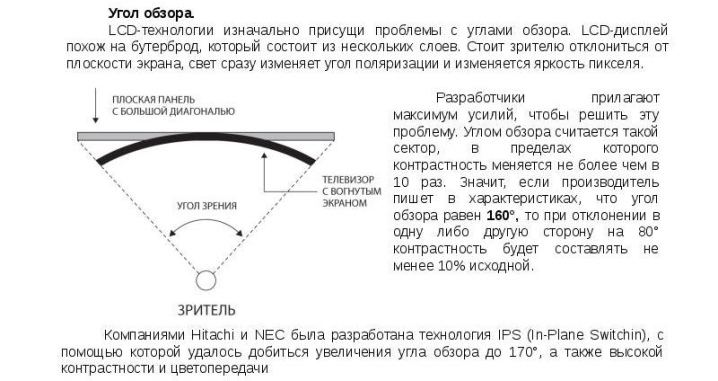
Reaction rate and matrix type
This indicator is responsible for the integrity of the picture at fast frame rates. The impulse that the human eye receives when changing a picture is transmitted by nerve endings at a speed of 4 m / s. That's why the ideal indicator of the reaction speed of the TV will be exactly the one that is as close as possible to the reaction speed of the human organs of vision.
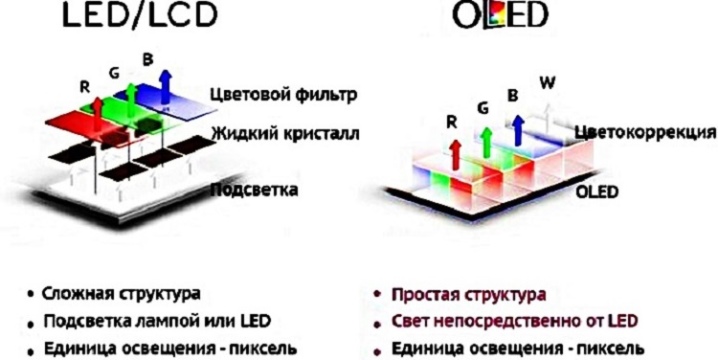
Modern panels use 2 types of matrices.
- TN + film... It is considered the most common type. The reaction speed is 5 m / s. The picture quality in TVs with this type of matrix depends on the type of backlight used.
- IPS matrices... The reaction speed is 1 m / s. The picture on such TVs is as clear as possible. However, the price for a model with a similar matrix will be much higher.
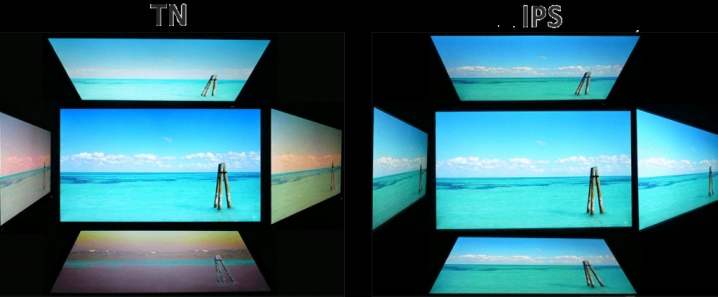
In those models where the reaction speed is below 10, 12 m / s, with a sharp change in the frame, the picture will look blurry, and the brightness at these moments will deteriorate significantly.
Backlight type
Each TV model has a backlight, its location also affects the quality of the transmitted image. There are 3 most commonly used types of backlighting.
- Direct LED... In devices using this type of illumination, the entire surface of the matrix is illuminated evenly. The picture on them is brighter due to the same backlighting of the entire screen. However, these TVs are the most bulky.
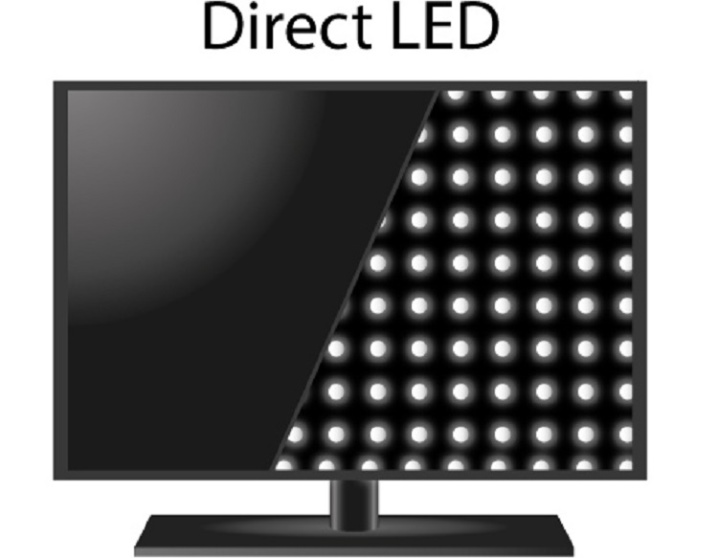
- Edge LED. With this type of backlighting, the LEDs are not located all over the screen, but are fixed in some parts of the screen by separate blocks. The image on such products is less bright, but the body of such a TV will be as thin as possible.
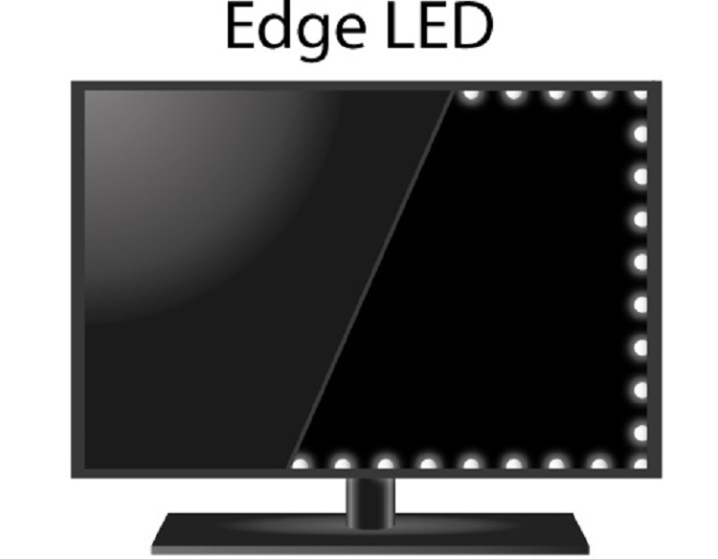
- OLED - This is a technology in which each pixel of the matrix is equipped with its own LED. The picture on TVs with this kind of backlight is perfect, but the price tag is much higher than models with a different type of backlight.
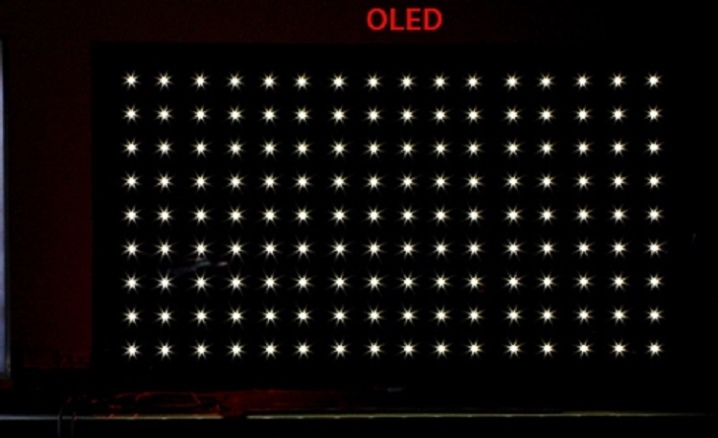
When choosing the type of backlight, you need to base on your own viewing experience. You need to test a few of your favorite models.
The picture with what type of backlighting will be more comfortable to look at, that model should be chosen for purchase.

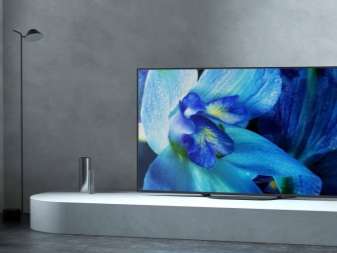
Sound
All modern TV models have the most flat case. Therefore, it is not possible to install full-fledged speakers in them. It will be correct to independently evaluate the sound quality of the instance you like.
When examining a particular model you need to ask the seller to turn up the sound to the maximum values and turn it down to the minimum... If, in the process of these manipulations, wheezing, sharp jumps of sound are not caught, and its quality does not cause negative emotions, then this model can be preferred.
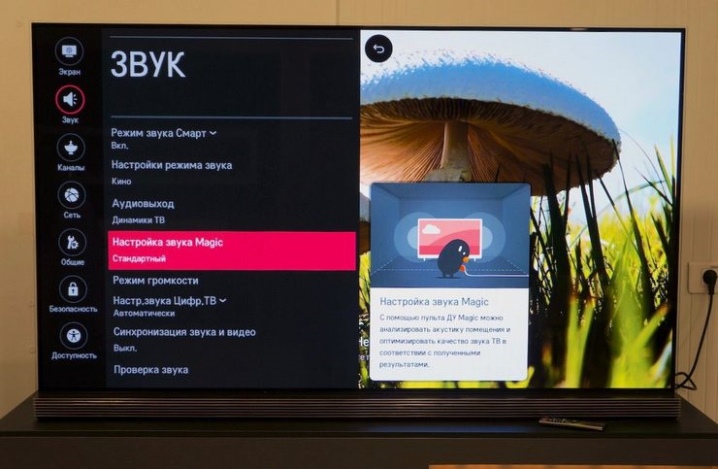
Connection ports
An important factor is the availability of interfaces for connecting a headset or additional accessories. The advantages of the model include the presence of:
- round connector for connecting external acoustics;
- HDMI port;
- USB port;
- ports for connecting analog audio-video systems;
- VGA, SCART, S-Video, D-SUB.
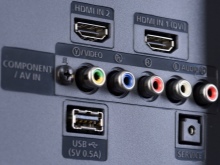
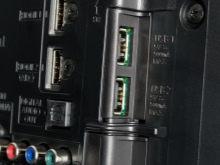
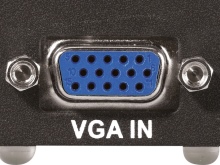
It's good if the selected model has several inputs with HDMI and USB, then you can simultaneously connect a VCR, digital set-top box, computer, flash drives to the TV.
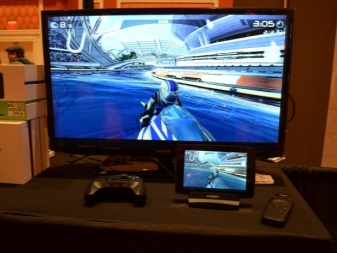
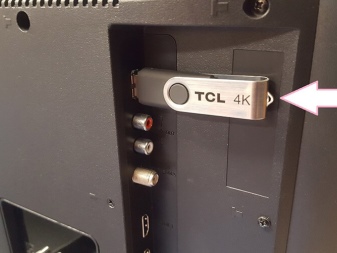
Digital capabilities
The ability to connect the TV to external digital sources will allow you to work with flash drives and other external data storage devices, access a computer and view Internet resources, to satellite dishes, Wi-Fi routers, and analog set-top boxes. Therefore, in the conventions indicated in the instructions, you should check the presence of such features as:
- decoding of audio and video files;
- DLNA technology;
- support for PCMCIA cards.

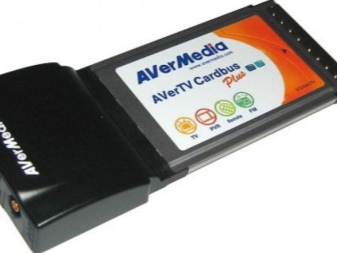
If all three technologies are present in the selected model, such a TV with a relatively low cost will be close to expensive models with built-in Smart TV.
3D support
The latest TVs have a built-in 3D viewing function. However, in order for the picture to be three-dimensional, an appropriate output signal or special discs are required. In their absence, the picture quality in models with built-in 3D may deteriorate significantly. That's why before giving money for the ability to view a three-dimensional picture, you should be sure that there is a signal source with this technology.
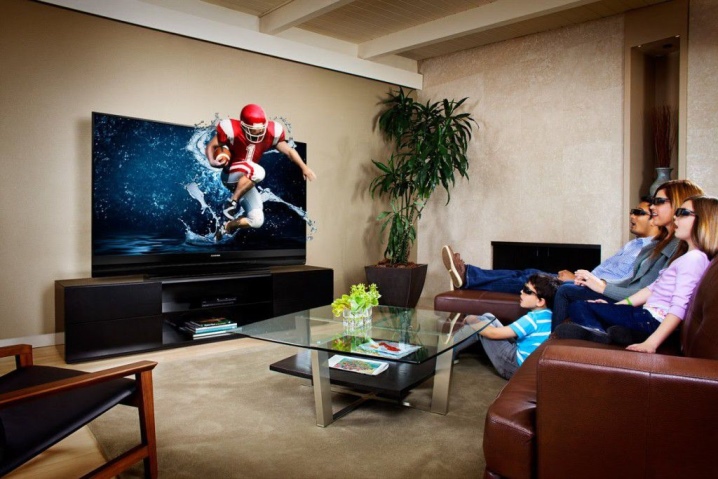
Recommendations
When choosing such a technically complex device as a TV, you need to take into account all the available functions and understand all the possibilities of modern technology. Promotions from manufacturers and sellers of equipment, discounts and special conditions for the sale of a particular model should not be paramount.
Preference should be given only to instances with the functionality you really need. Because the overpayment for additional functions, if they are not used during operation, will become meaningless.
See below for how to test your TV.













The comment was sent successfully.